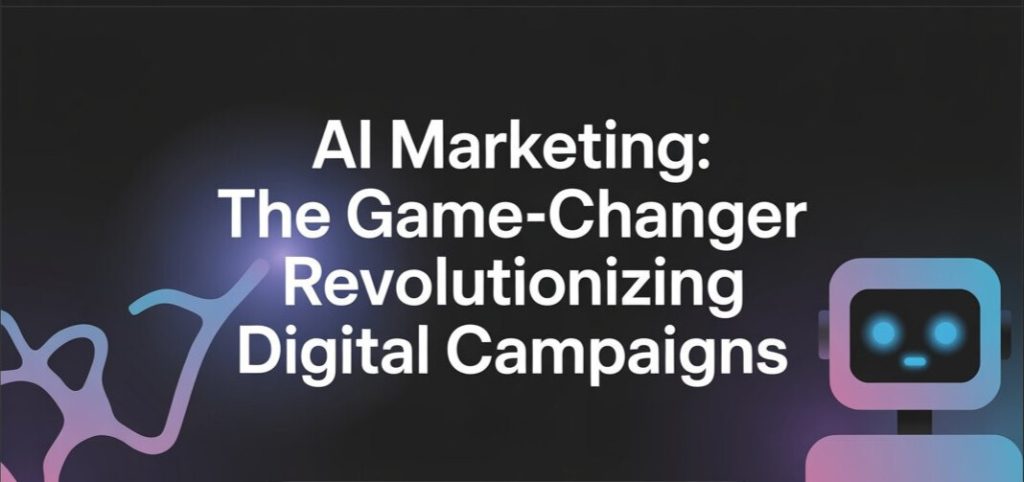
The Forgotten Dimension of Software: Why Maintainability Matters More Than We Admit
In the world of software development, certain terms dominate every discussion – scalability, performance, security, speed, cloud readiness, user experience. These buzzwords define roadmaps, justify budgets, and shape the expectations of teams and clients. But beneath all of them lies one dimension that rarely gets the spotlight, despite being the single biggest determinant of a software system’s long-term health: maintainability.
It’s the quiet foundation on which every “successful” application stands. And ironically, it’s also the first thing sacrificed in the race to ship faster, innovate faster, and impress faster.
The Silent Force Behind Sustainable Software
Maintainability isn’t glamorous. It doesn’t produce demo-worthy features or viral screenshots. You can’t pitch it easily, and it doesn’t feel urgent – until one day, it becomes the most urgent thing in the room.
So what is maintainability?
At its core, maintainability is the ability of software to be understood, improved, and fixed without breaking everything else. It is the architecture, clarity, and discipline that allow a system to survive beyond its first version and its original developers.
A maintainable system is one where
-
New features can be added without rewriting half the codebase.
-
Bugs can be fixed without creating new ones.
-
Developers don’t need weeks to understand how things work.
-
Documentation actually reflects reality.
-
The system grows without collapsing under its own weight.
This single dimension determines whether software becomes a scalable asset… or an operational liability.
Why Maintainability Is Rarely Discussed
Because maintainability isn’t urgent – it’s important.
And in tech, urgent almost always wins.
1. The pressure to deliver fast
Modern development cycles reward speed. MVPs, deadlines, quarterly goals – everything pushes teams to “ship first, fix later.” But “later” often never comes.
2. Maintainability is invisible
Stakeholders can’t see clean architecture or modular code. They only see features and releases. So teams cut corners where they think no one is watching.
3. It requires long-term thinking
Technical debt doesn’t hurt on day one. But like financial debt, it compounds – quietly and relentlessly.
4. It demands skill and discipline
Writing maintainable code is significantly harder than writing code that merely works. It requires experience, standards, and the patience to do things right.
The Real Cost of Neglecting Maintainability
Here’s the uncomfortable truth:
70% to 80% of a software system’s lifetime cost is spent on maintenance – not development.
When maintainability is ignored early, the consequences show up everywhere:
• Slower feature delivery
Each update becomes a battle, not a task. Developers move cautiously, afraid of breaking something.
• Rising bugs and downtime
Fragile systems don’t adapt well. Small changes lead to unexpected failures.
• Developer burnout and attrition
Teams hate working on messy, unpredictable codebases. A non-maintainable system becomes a revolving door for talent.
• Security vulnerabilities
Old, outdated, tangled code is impossible to audit and easy to exploit.
• Innovation paralysis
When the system is too fragile to evolve, companies stop innovating and start firefighting.
And over time, the decision becomes unavoidable:
rewrite the entire system from scratch the most expensive outcome of all.
Maintainability: The Unsung Hero of Modern Development
If maintainability is so important, why isn’t it a headline? Because unlike features or performance, maintainability is not a single achievement – it’s a culture, a mindset that shows up in everyday decisions:
Writing code for humans, not machines.
Keeping architecture modular and predictable.
Documenting decisions, not just instructions.
Reducing complexity whenever possible.
Reviewing code for clarity, not just correctness.
Automating tests and keeping them clean.
And now, with AI-assisted development and Agentic AI systems entering workflows, maintainability becomes even more critical. AI may generate or refactor code, but only maintainable foundations allow AI outputs to integrate safely, interpretably, and predictably.
AI can amplify good practices but it can also amplify bad ones.
The Future: Systems That Outlast Their Creators
A well-built software system is like a living organism – growing, adapting, learning. It shouldn’t depend on the memory of one developer or a team that will inevitably change. Maintainability ensures continuity. It keeps systems understandable, extensible, and resilient even as tools, teams, and technologies evolve.
In an era where software drives every industry, maintainability is no longer optional – it is the difference between acceleration and collapse.
Final Thoughts
The most powerful software isn’t just the one that works today – it’s the one that’s built to work tomorrow. Maintainability is the dimension that decides whether software becomes a long-term asset or an ever-growing burden.
It doesn’t matter how innovative, fast, or scalable a system is if it cannot be maintained.
And in a world where AI, automation, and continuous delivery are rewriting development, maintainability isn’t just a best practice – it’s survival.
It may not be the loudest conversation in software engineering, but it’s the one that determines everything else.



